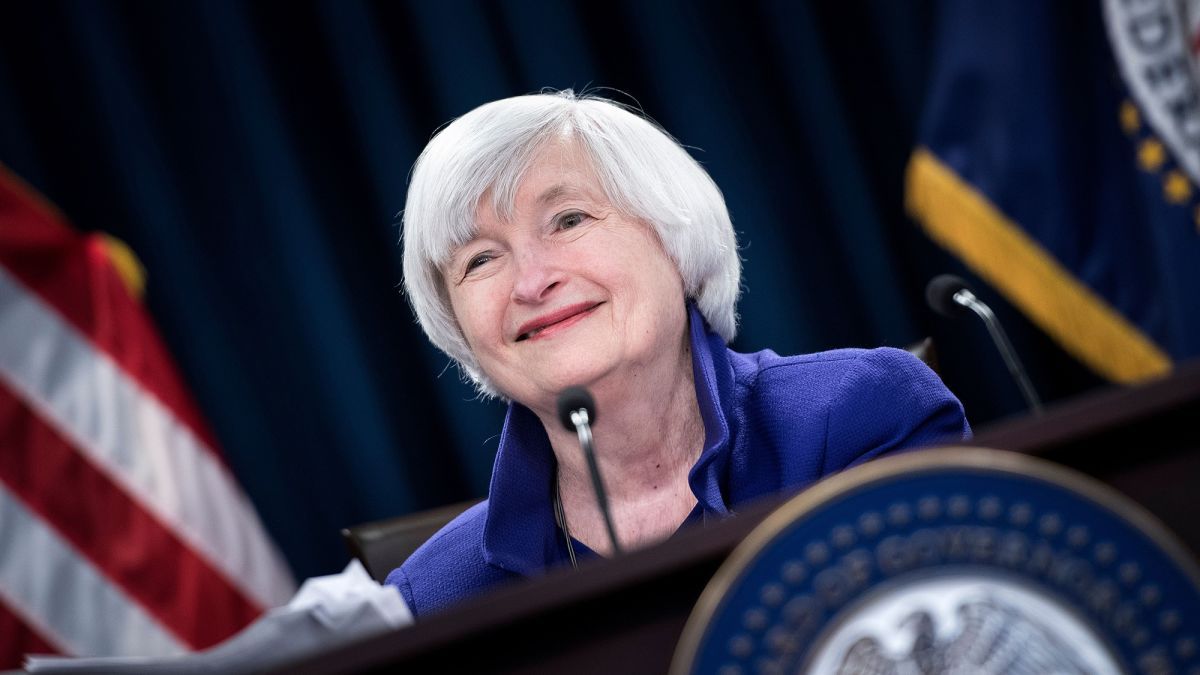Janet YellenU.S. Treasury Secretary Donald Trump said the U.S. economy remains robust and is headed for a “soft landing.” Speaking at the Texas Tribune Festival in Austin, she noted that while hiring and job openings have slowed, there have been no significant layoffs.
“We’re seeing less of a hiring frenzy in terms of hiring and job openings, but we’re not seeing significant layoffs,” Yellen said. Despite concerns about a possible drop in employment, the Treasury secretary was optimistic about the economic outlook: “What I think we’re seeing, and I hope we continue to see, is a good, strong economy.”
Following a series of jobs reports that have created uncertainty among investors, Yellen admitted that job growth has lost momentum compared to the “hiring frenzy” that followed the Covid-19 pandemic. However, she stressed that the US economy is “Deep in a recovery“and operating “basically at full employment.”
As for the future outlook, Yellen was clear: “I don’t see any flashing red lights“. He also praised the progress made in reducing inflation, describing the process as a “soft landing“It’s really been amazing to be able to reduce inflation as significantly as we have,” he concluded.
Key week for the market
The Inflation data has returned to the forefront of the minds of financial market participantsafter having been relegated in relevance by labor market reports regarding the possible trajectory of interest rates in the US.
The consumer price index for August, which will be published on Wednesdaycould be the deciding factor in whether the Federal Reserve implements a larger-than-usual 50-basis-point rate cut on Sept. 18. The U.S. central bank has not cut borrowing costs by that much since late 2008, when the U.S. was in the midst of the worst financial crisis since the Great Depression.
Inflation in the United States USA
The August consumer price index, due on Wednesday, could be the deciding factor in whether the Federal Reserve will cut rates more sharply than usual.
CryptoAlert
For now, one of the biggest questions for investors is whether a moderate inflation figure on Wednesday, which would pave the way for a half-percentage point reduction in less than two weeks, will be seen as good or bad news. Friday’s data showed the creation of 142,000 new jobs last month, fewer than expected, reinforcing the idea that the labor market is slowing.
The report was also accompanied by downward revisions to data for July and June, which unsettled investors and did not fully resolve the question of how big the Fed will cut rates in September.
“The August jobs report did little to resolve the debate over whether a 25- or 50-basis point cut will occur this month. We stick with the 50-basis point view, but acknowledge that 25 basis points is a real possibility,” Wells Fargo economists wrote in a note Friday.
Meanwhile, fears of a sharper-than-expected U.S. economic slowdown led to a sell-off in U.S. stocks on Friday, leaving the Dow Jones Industrial Average, S&P 500 and Nasdaq Composite with their worst starts to September in more than a decade. Short-term Treasury yields fell, allowing the benchmark 10-year rate to end above its 2-year counterpart for the first time since July 1, 2022.
Source: Ambito




